How To Use Leave-in Conditioner, Benefits, And Precautions
You are missing out on extra shine, hydration, and protection if you are not using it yet.

Image: Shutterstock
We recommend you start using leave-in conditioners if you have dry hair that looks dull even after using expensive hair care products and hair treatments. Leave-in conditioners moisturize your hair, prevent heat damage, and allow easy detangling. They act as a barrier against environmental damage and add luster to color-treated hair. You can use this conditioner on any hair type. In addition, you need not rinse off leave-in conditioners hair. This article explains the benefits of a leave-in conditioner, how it is different from the regular conditioners, a step-by-step guide to how to use it, and more. Continue reading to know more!
In This Article
What Is a Leave-In Conditioner?
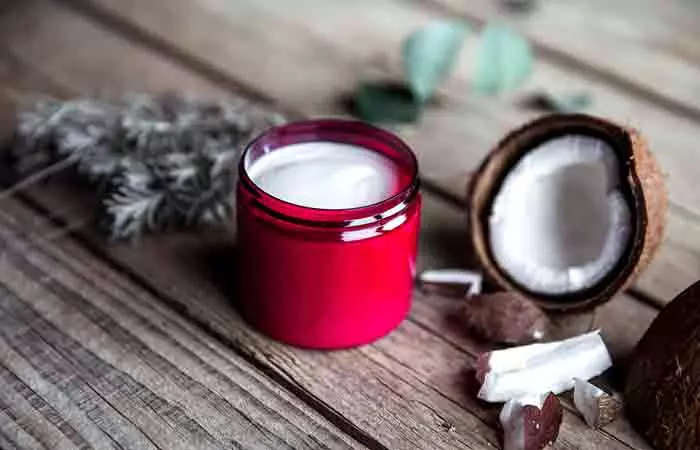
Leave-in conditioner is an added step after washing and conditioning your hair. It is usually applied to towel-dried hair before styling. It moisturizes your hair, protects it from heat damage, and offers a level of detangling to effectively style your hair. Unlike regular conditioner, leave-in conditioner is not rinsed out of the hair. You can use these no-rinse conditioners on nearly every hair type for their immense hydrating properties. You get to enjoy the benefits of a moisturizer and detangler in one product.
Check out some more benefits of leave-in conditioners in the next section!
Key Takeaways
- Using a leave-in conditioner regularly after drying your hair will keep it moisturized, protect it from the sun and heat, and reduce frizz.
- Always select a lightweight spray if you have fine hair. People with damaged hair can go for creamy, moisturizing leave-in conditioners.
- Conduct a patch test before applying the leave-in conditioner as it may cause an allergic reaction in some.
Benefits Of Leave-In Conditioner
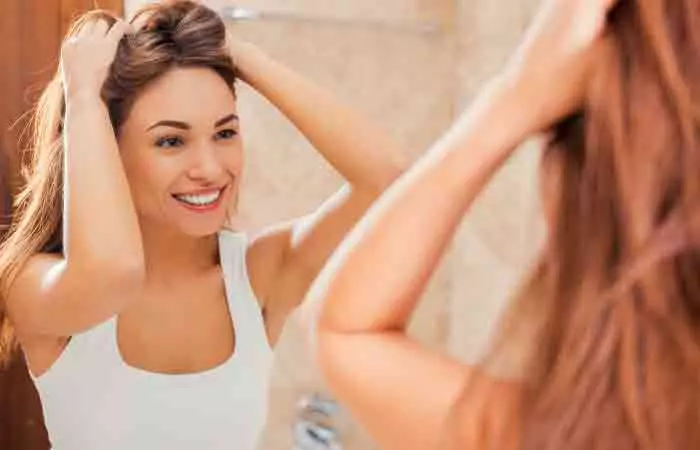
What does a leave-in conditioner do, exactly? A leave-in conditioner increases the moisture level in your hair which, in turn, helps in improving the overall health of your tresses. Listed below are the benefits of using leave-in conditioners.
1. Moisturizes Dry Hair
If you have dry hair, using a leave-in conditioner is the best option. It provides intense moisture to your hair and makes it stronger. Leave-in conditioners contain humectantsi Substances mainly found in food additives or skin lotions intended to stop moisture loss. that provide hydration to dry, fragile strands. If you want to buy a leave-in conditioner, choose a water-based formula that penetrates hair strands more easily than oil-based ones. Ensure that you apply the conditioner only along the hair length to prevent scalp irritation or infection.
2. Detangles Knotted Hair
Leave-in conditioner is the best hair care product for detangling your unruly and knotted hair.
It contains ingredients that smoothen your hair. It helps reduce hair breakage and makes your hair soft. Also, it also makes it easy to style your hair.
3. Protects Hair From Environmental Damage
Environmental factors – like too much exposure to the sun – can dehydrate your hair, causing color fading and split ends. Leave-in conditioner coats every strand to protect your hair from cold and dry air. Also, apply a leave-in conditioner before hitting the swimming pool as it will prevent chlorine and salt from damaging your hair.
4. Makes It Easier To Style Your Hair
Leave-in conditioner can improve the manageability of your hair, making it easier to style with heat styling tools like curling irons and flat irons. The ingredients in leave-in conditioners smoothen your hair. Furthermore, it provides flexible hold and bounce to your curls.
5. Acts As Barrier Against Heat
To protect your hair from heat damage, apply a heat protectant before blow-drying, curling, or straightening it.
Then, apply a leave-in conditioner to retain the moisture in your hair and prevent split ends.
6. Adds Luster to Color-Treated Hair
Leave-in conditioner revitalizes and smoothens damaged color-treated hair and protects it from the harmful sun rays that can lead to dullness and discoloration. It improves the appearance of your hair color and leaves your tresses with a gorgeous shine. There are special leave-in conditioners that are formulated for color-treated hair to seal the color and make it last longer.
7. Combats Frizz
If you have dry and frizzy hair, adding a leave-in conditioner to your hair care regimen will improve its condition. A good leave-in conditioning treatment provides long-lasting frizz control by locking moisture in the hair shaft. Also, these conditioners help tame the flyaways caused by static electricity.
Leave-in conditioners detangle knotted hair and moisturize dry hair. But, how do you use it properly? Keep reading to find out!
How To Use A Leave-In Conditioner

Leave-in conditioner is applied after washing your hair. It can replace the regular conditioner that you are used to in the shower, but you can use both if you want — especially if your hair is particularly dry or damaged. Follow our step-by-step guide on using a leave-in conditioner like a pro.
Step 1: Rinse Your Hair
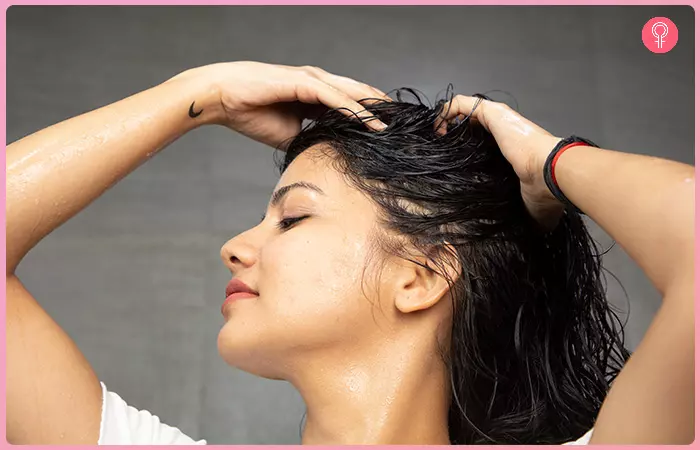
Start off by washing and conditioning your hair. Use a shampoo and conditioner that are specifically formulated for your hair type and that coordinate with the leave-in conditioner you are going to use.
Step 2: Apply Leave-In Conditioner
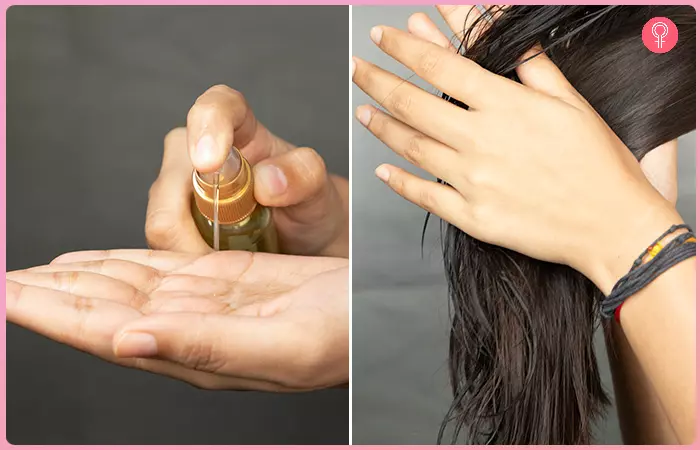
Follow the instructions that are listed on the bottle and apply the leave-in conditioner to your hair accordingly. While applying, avoid the roots and focus more on the mid-length and ends of your hair to avoid a greasy look. Generally, a little product will go a long way. However, if you have long hair, you may need to use more.
Step 3: Comb Your Hair
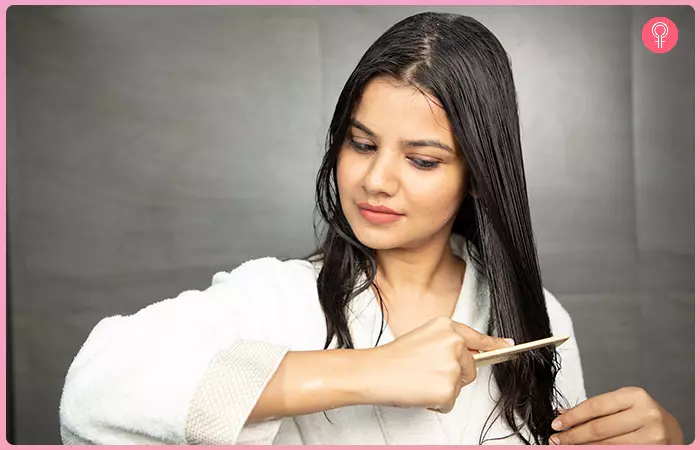
Try to use a wide-toothed comb to detangle your hair while it is wet. Your hair is more prone to breakage when it is wet. So, comb your hair gently after applying a leave-in conditioner to remove all the knots and tangles.
Step 4: Style Your Hair

Your hair is now tangle-free, silky soft, and ready to style. You may now blow-dry it or let it air-dry, depending on your preference.
Not all leave-in conditioners have the same formula. So, you should be aware of the points to consider to choose the best one for your hair’s needs. Let’s find out more in the next segment.
What Should You Look For In a Leave-In Conditioner?

This really depends on your hair type. Leave-in conditioners come in different formulas, like sprays, balms, oils, and creams.
- If you have fine hair, use a lightweight spray that won’t weigh it down and, instead, will make it silky and smooth.
- If you have dry and damaged hair, choose a creamy, nutrient-rich leave-in conditioner made with nourishing ingredients like coconut oil, shea butter, argan oil, jojoba oil, and aloe vera.
- For color-treated hair, go for sulfate-free and color-safe formulas.
- You should also look out for ingredients like botanical extracts,antioxidantsi A compound that halts the oxidation process and shields hair from the damaging effects of the environment. , natural oils, vitamins, and heat-protectant properties.
If you want, you can also make your own leave-in conditioner at home with nourishing natural ingredients. Find a basic recipe in the next section.
Homemade Leave-In Conditioner
Below, we share the methods for making a homemade leave-in conditioner. However, you can also experiment with making a homemade DIY leave-in conditioner oil for hair that not only ensures smoothness but also healthier hair in multiple ways.
Ingredients
- 1-2 tablespoons of aloe vera gel
- 1-2 tablespoons of glycerin
- 1-2 teaspoons of olive oil
- 1 cup of distilled water
- 5-10 drops of preferred essential oil for fragrance
How To Prepare
- Pour all the ingredients in a bowl and mix well.
- Transfer the mixture to a spray bottle.
- Spray the solution on damp hair, focusing on the ends.
- Comb the hair to evenly spread the leave-in conditioner and style as needed.
Why This Works
Glycerin is a humectant and hair-conditioning agent that ensures lasting hydration (1). Aloe vera has soothing antifungal properties, making it great for scalp health and preventing dandruff (2). Olive oil can protect the hair from sun damage (3). Altogether, this makes for a lightweight solution that nourishes the hair without straining the scalp.
Mrs. C, a blogger with naturally curly hair prone to frizz when dry, shares her success with a homemade leave-in conditioner. She attested in her blog, “I have been using a homemade leave-in conditioner for a little while now…. It makes it [hair] soft and gives it a sheen.” Her DIY recipe includes aloe vera gel, jojoba oil, and regular conditioner in a convenient spray bottle. She advises, “It is best to shake well prior to use just to mix everything up again (i).” Mrs. C recommends applying by squirting into hands, rubbing together, and styling as desired.
Check out the next section to learn more about when to apply a leave-in conditioner to your hair.
When Should You Apply Leave-In Conditioner To Your Hair?
- Apply leave-in conditioner after you wash and condition your hair. Since you don’t need to wash out leave-in conditioner, you can simply apply it to your wet hair.
- If you apply leave-in conditioner before going to bed, your strands will absorb it while you sleep.
- You can also apply it before blow-drying or heat styling your hair to protect it from heat damage.
 Quick Tip
Quick TipLeave-in conditioners are different from regular conditioners in their formulations. Scroll down to know more!
How Is Leave-In Conditioner Different From Regular Conditioner?

Leave-in conditioners have lightweight formulas that don’t weigh down your hair. They provide a detangling effect to help with combing and tend to be used right before you style your hair.
Regular conditioners are applied to wet hair after it has been washed with shampoo. They are also rinsed out after 3-5 minutes. Leave-in conditioners, on the other hand, do not need to be rinsed out. They can also be applied after conditioning your hair with a regular conditioner.
Listed below are some hair care tips for when you use a leave-in conditioner. Check them out!
Tips For Using Leave-In Conditioner
- Figuring out your hair type is the first step to finding the perfect leave-in conditioner. Some conditioners are made specifically for colored hair, damaged hair, dry hair, etc. So, you need to get the one that will suit your hair type perfectly!
- Choose a specific leave-in conditioner formula that works best on your hair type. Knowing what conditioner works for your hair type is important. A light leave-in spray will is ideal for fine hair. For medium to thick hair, a cream or gel-based leave-in product will be better to handle all the volume.
- Don’t use leave-in conditioner every day. It may seem like daily conditioning is great for your hair, but the truth is that it can leave behind loads of build-up on your hair and scalp. Just apply leave-in conditioner once or twice a week. Furthermore, applying too much leave-in conditioner also leads to build-up on your hair and makes it dull and unmanageable. Knowing the pros and cons of over-conditioning your hair has its own benefits, as it will also brief you about how to fix the issue and give your tresses the shine they need.
 Quick Tip
Quick TipBut before you start using it, should you be aware of any side effects of using leave-in conditioners? Scroll down to know more.
Precautions And Side Effects
Leave-in conditioners do run a few risks. Allergic reactions to the ingredients in the leave-in conditioners are very rare, but they can happen. If the product has harsh chemicals like parabens and sulfates, it may cause skin irritation. So it is recommended to do a patch test before using any product to check for allergies and irritation, especially if you have a sensitive scalp. If the product is irritating your scalp, rinse your hair immediately and discontinue use. If the product is irritating your scalp, rinse your hair immediately and discontinue use. Try not to get any leave-in conditioner in your eyes, as it can burn. People with oily hair should avoid using leave-in conditioners because it can make your hair even oilier.
Infographic: 5 Reasons Why You Need A Leave-In Conditioner
Your hair may feel dry and dull even after your regular shampoo and conditioner routine. That is why adding a leave-in conditioner to your hair care routine becomes important. It supplies your hair with extra moisture that keeps it shiny and healthy. Check out the infographic below for the benefits of adding this amazing product to your routine.

Illustration: StyleCraze Design Team
Leave-in conditioners are used on towel-dried hair to add moisture and volume to your hair. Incorporating a leave-in conditioner in your hair care regimen will detangle knotted hair, reduce frizz, and add luster to your color-treated hair. You can either replace your conditioner with a leave-in conditioner or use it after conditioning your hair. When searching for the right leave-in conditioner, choose the one suitable to your hair type and check for antioxidants, natural oils, or vitamins. Finally, conduct a patch test before using it. If you experience an adverse reaction, stop its usage immediately.
Frequently Asked Questions
Do I wash out Leave-In Conditioner?
Leave-in conditioner is made with ingredients that can be left on your hair. Its light texture does not weigh hair down and has good ingredients that assist in hair protection and hair repair.
Does leave-in conditioner cause hair loss?
No, most leave-in conditioners are made with hair-nourishing ingredients that improve hair health, quality, and appearance.
Can a leave-in conditioner be used as a deep conditioner?
Yes, a leave-in conditioner can be used instead of a deep conditioner. The difference between a leave-in conditioner and a deep conditioner is that the former has a lighter consistency and does not weigh down the hair. Also, it helps hair be soft and shiny and makes styling easier. On the other hand, a deep conditioner helps enhance hair elasticity, reduce hair breakage, and repair damage. It is more like a hair treatment, which can be used once or twice a week depending on hair needs. Thus, both these products help condition the hair and make it more manageable.
Illustration: How To Use Leave-In Conditioner, Benefits, And Precautions

Image: Dall·E/StyleCraze Design Team
Unlock the secrets of a professional-grade leave-in conditioner. Dive into this comprehensive video guide, where experts share tips and techniques for achieving nourished, luscious locks with a must-have product. Watch the video below to learn more.
Personal Experience: Source
StyleCraze's articles are interwoven with authentic personal narratives that provide depth and resonance to our content. Below are the sources of the personal accounts referenced in this article.
(i). Homemade Leave-In Conditionerhttps://mrscdoesstuff.blogspot.com/2012/04/homemade-leave-in-conditioner.html
References
Articles on StyleCraze are backed by verified information from peer-reviewed and academic research papers, reputed organizations, research institutions, and medical associations to ensure accuracy and relevance. Read our editorial policy to learn more.
- Safety Assessment of Glycerin as Used in Cosmetics
https://pubmed.ncbi.nlm.nih.gov/31840548/ - The Review on Properties of Aloe Vera in Healing of Cutaneous Wounds
https://www.ncbi.nlm.nih.gov/pmc/articles/PMC4452276/ - Hair Oils: Indigenous Knowledge Revisited
https://www.ncbi.nlm.nih.gov/pmc/articles/PMC9231528/
Read full bio of Dr. Madhuri Agarwal
Read full bio of Arshiya Syeda
Read full bio of Ramona Sinha
Read full bio of Medha Deb






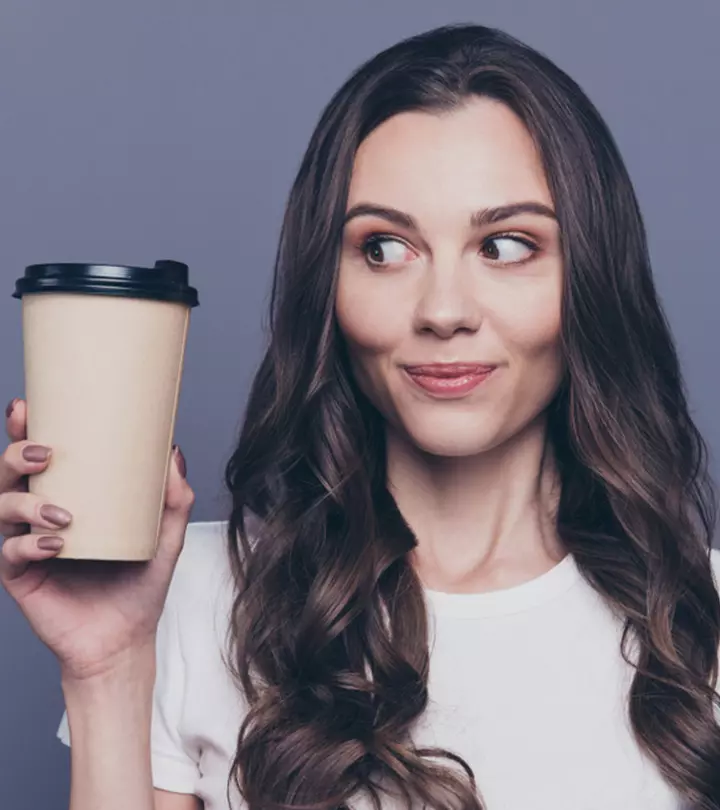
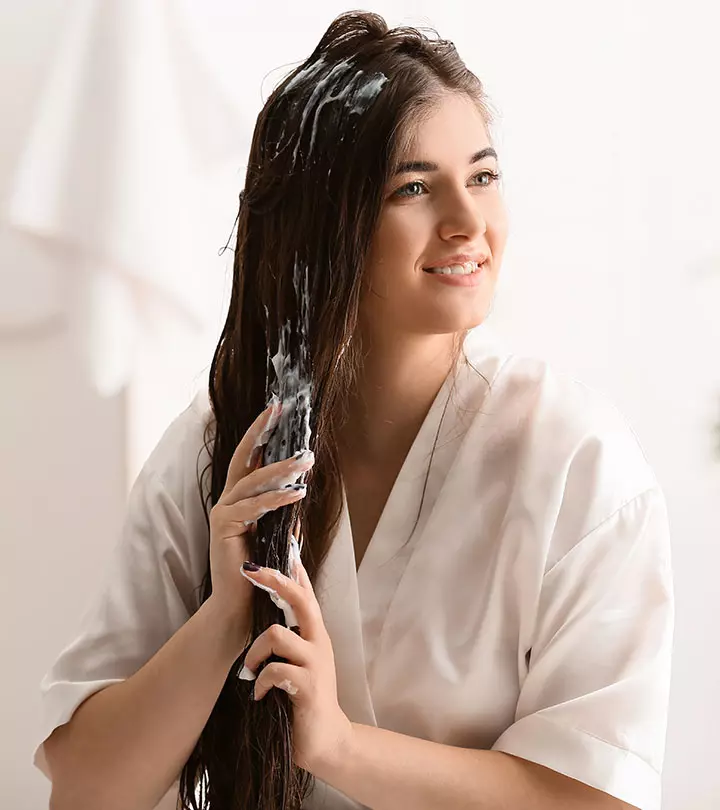
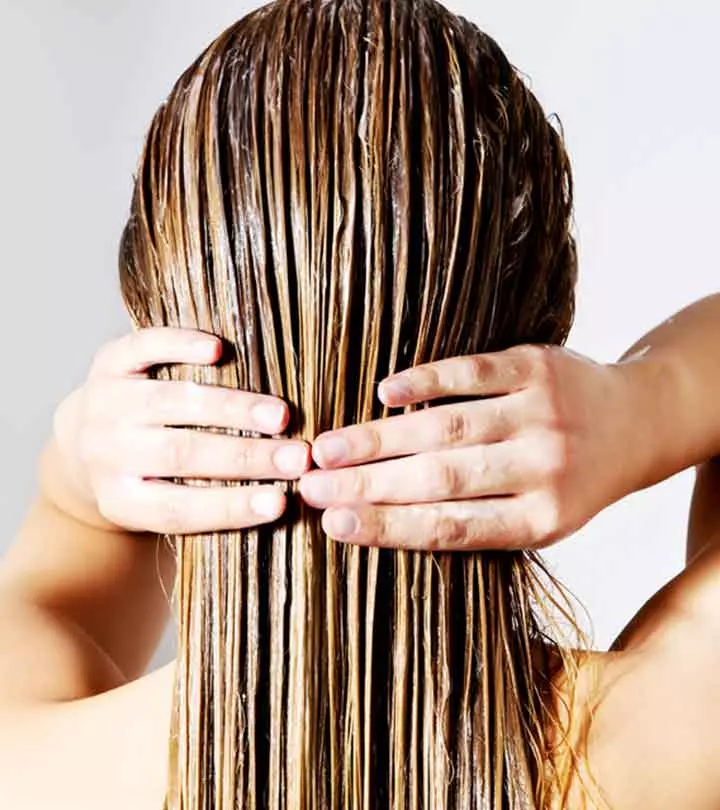
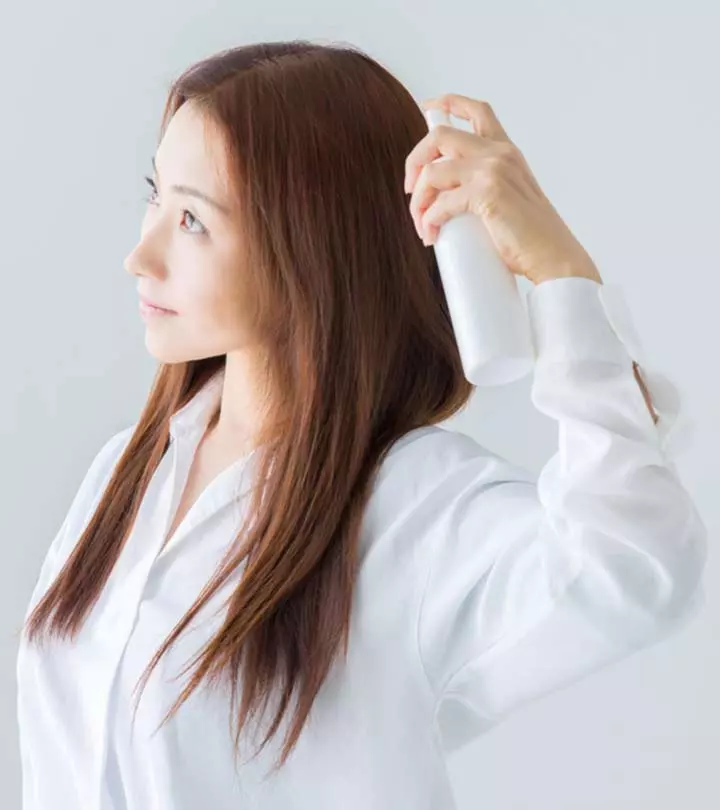
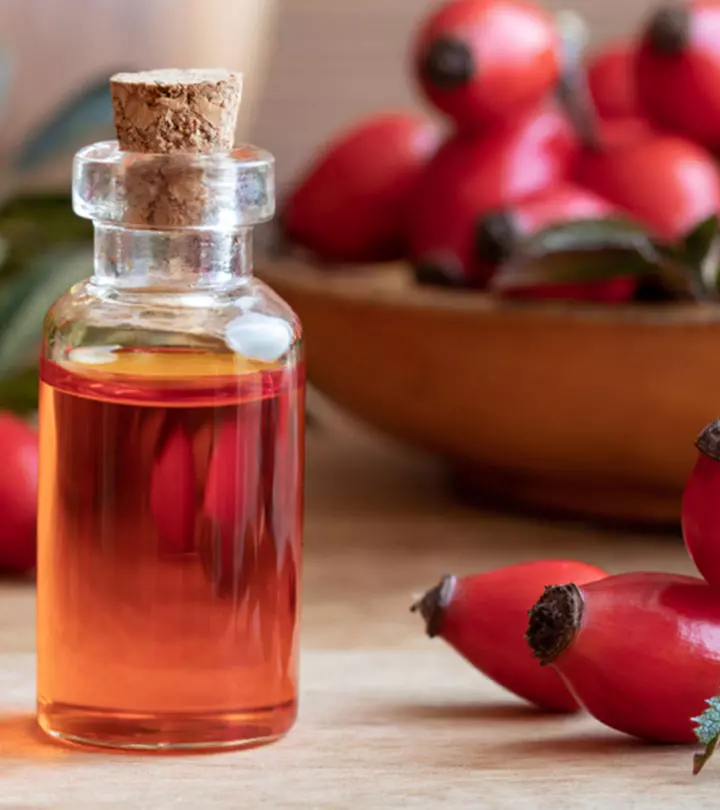

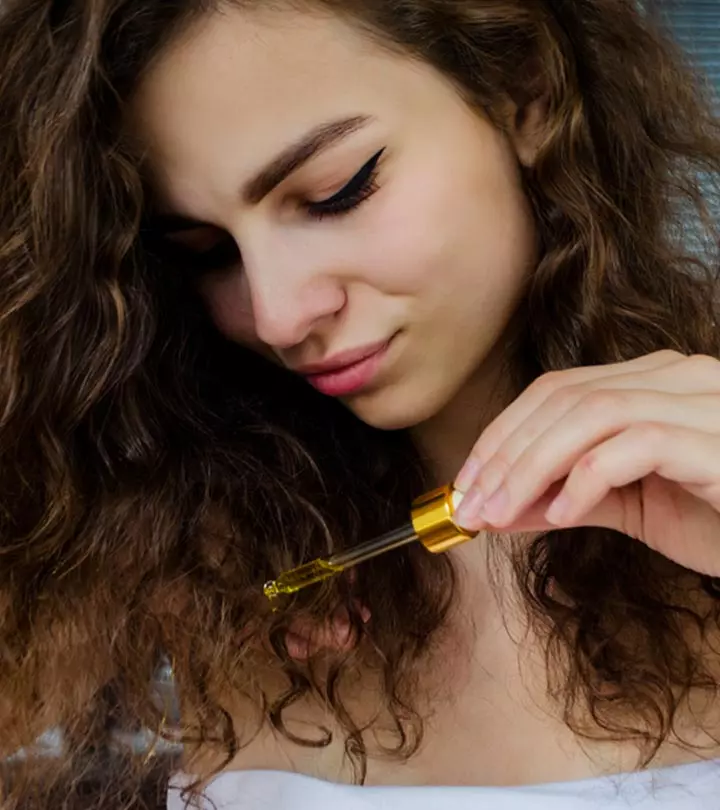
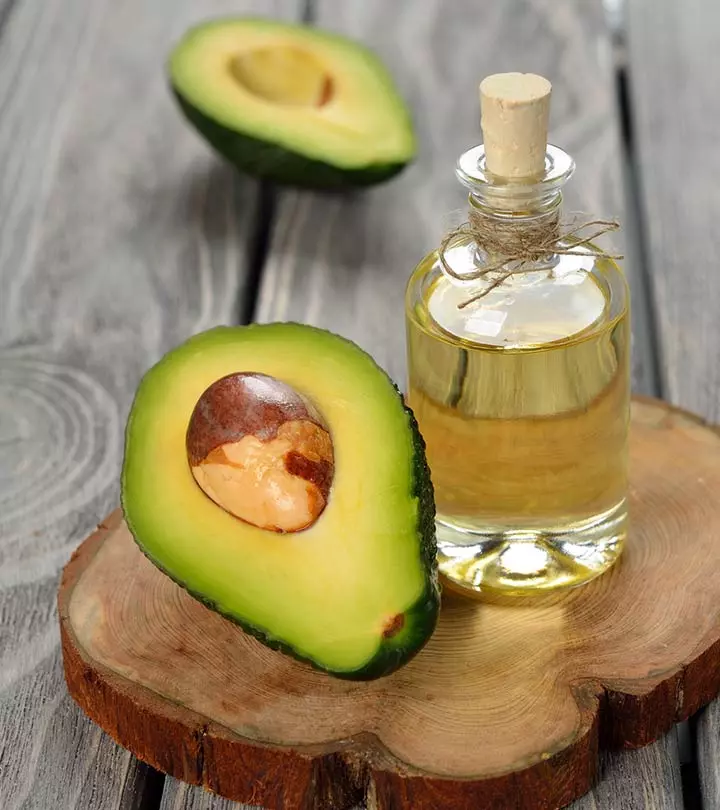
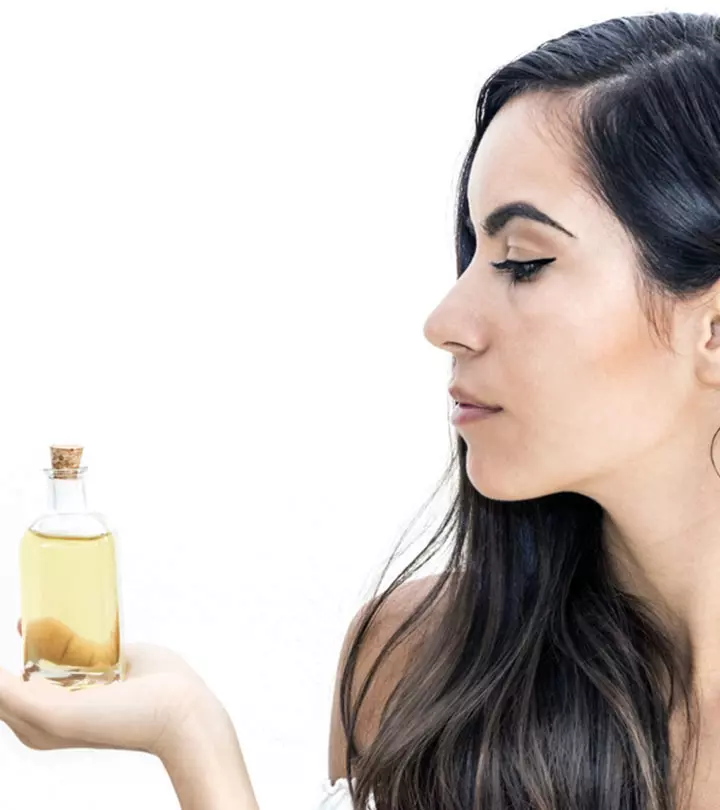
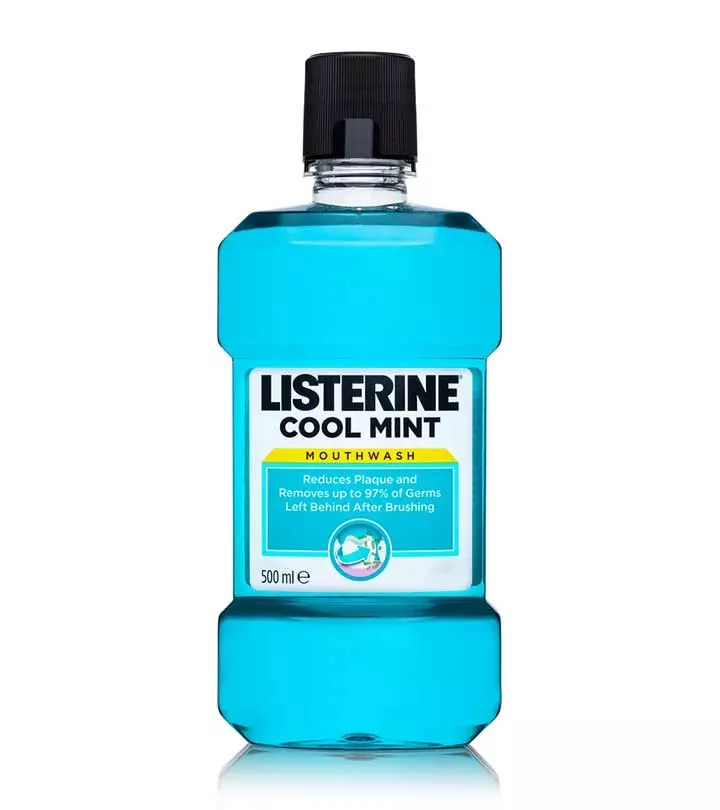
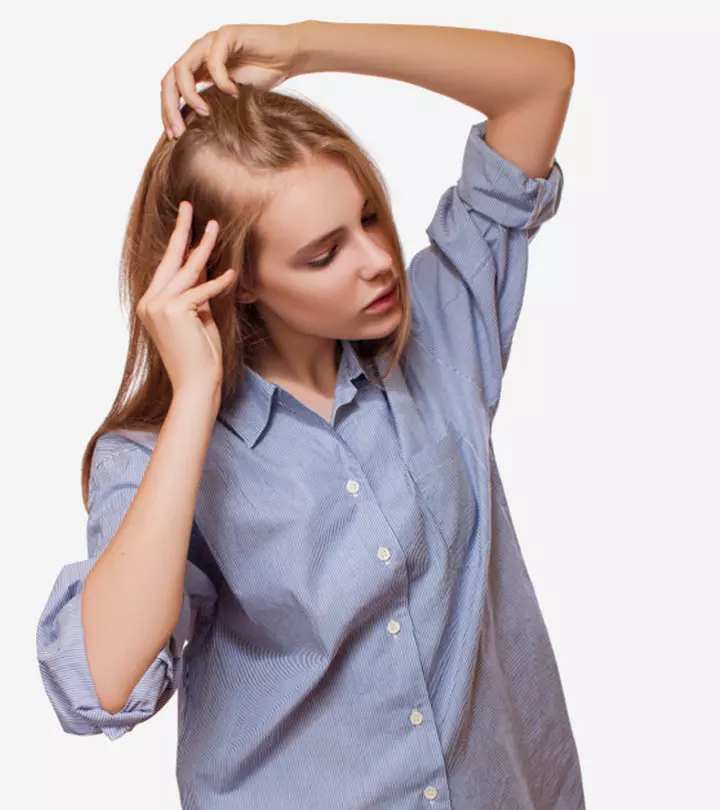
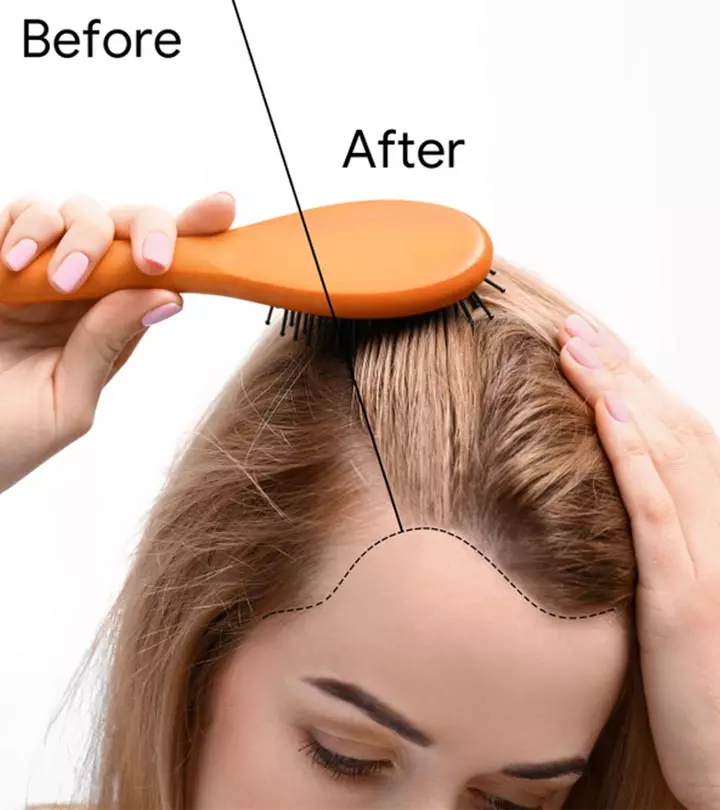



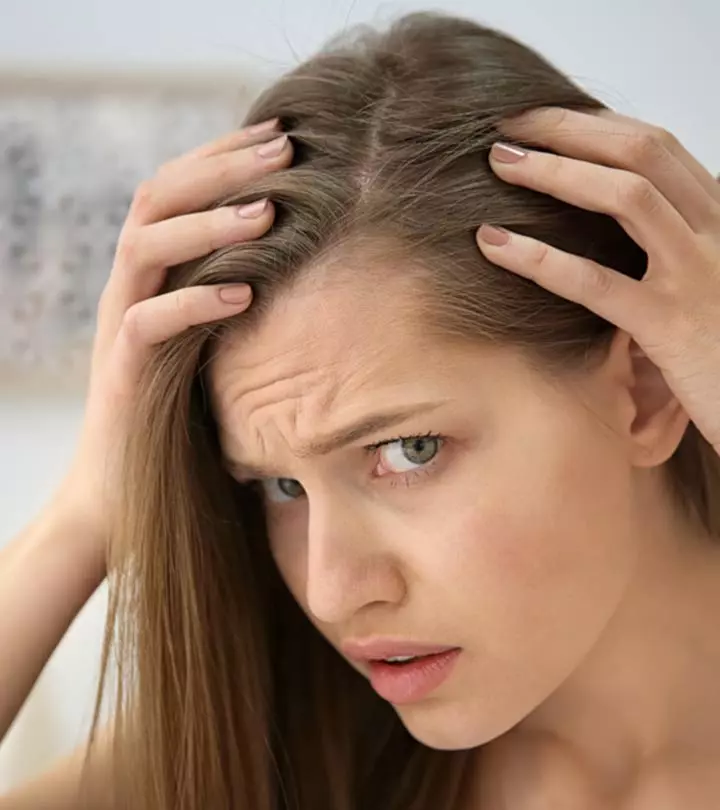
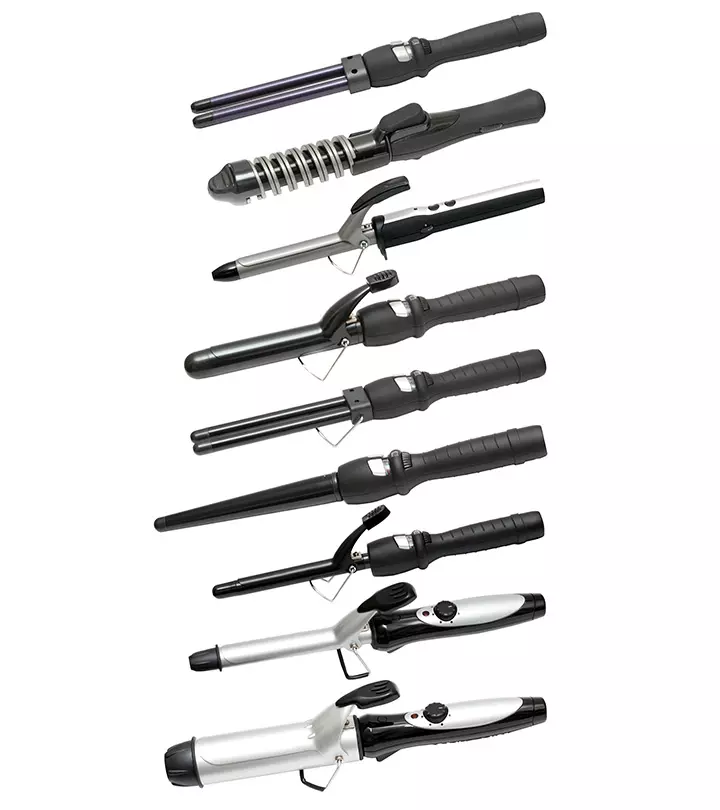

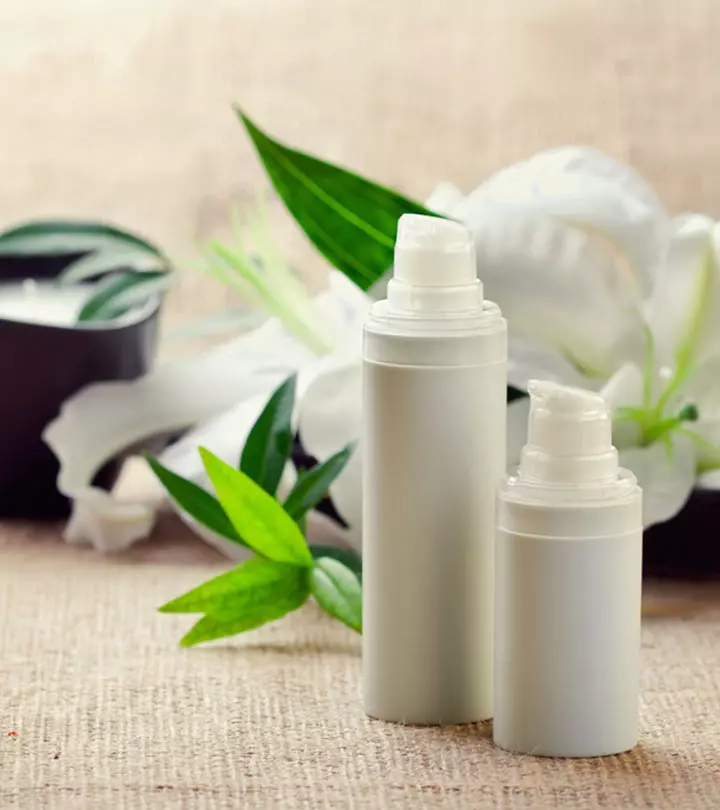
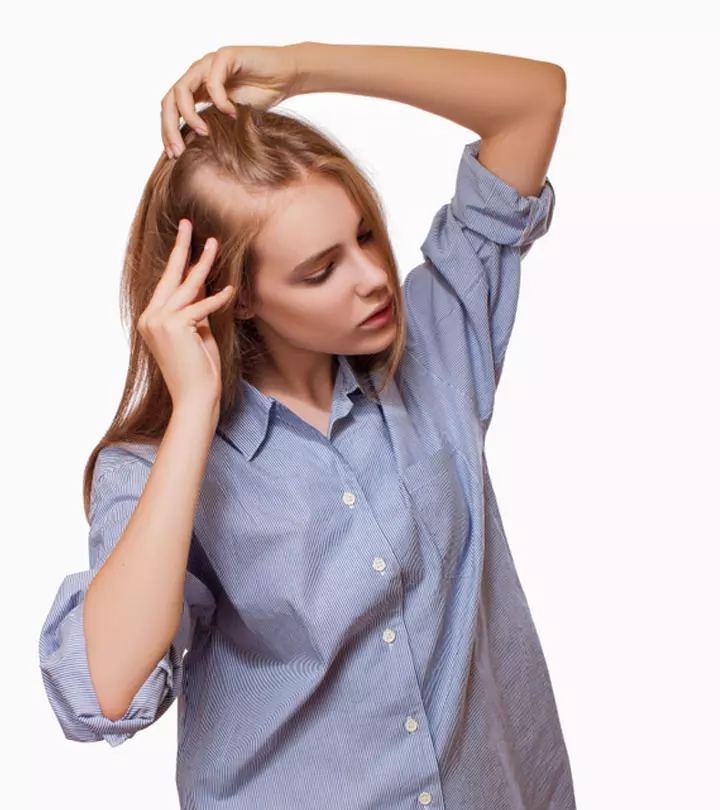

Community Experiences
Join the conversation and become a part of our empowering community! Share your stories, experiences, and insights to connect with other beauty, lifestyle, and health enthusiasts.